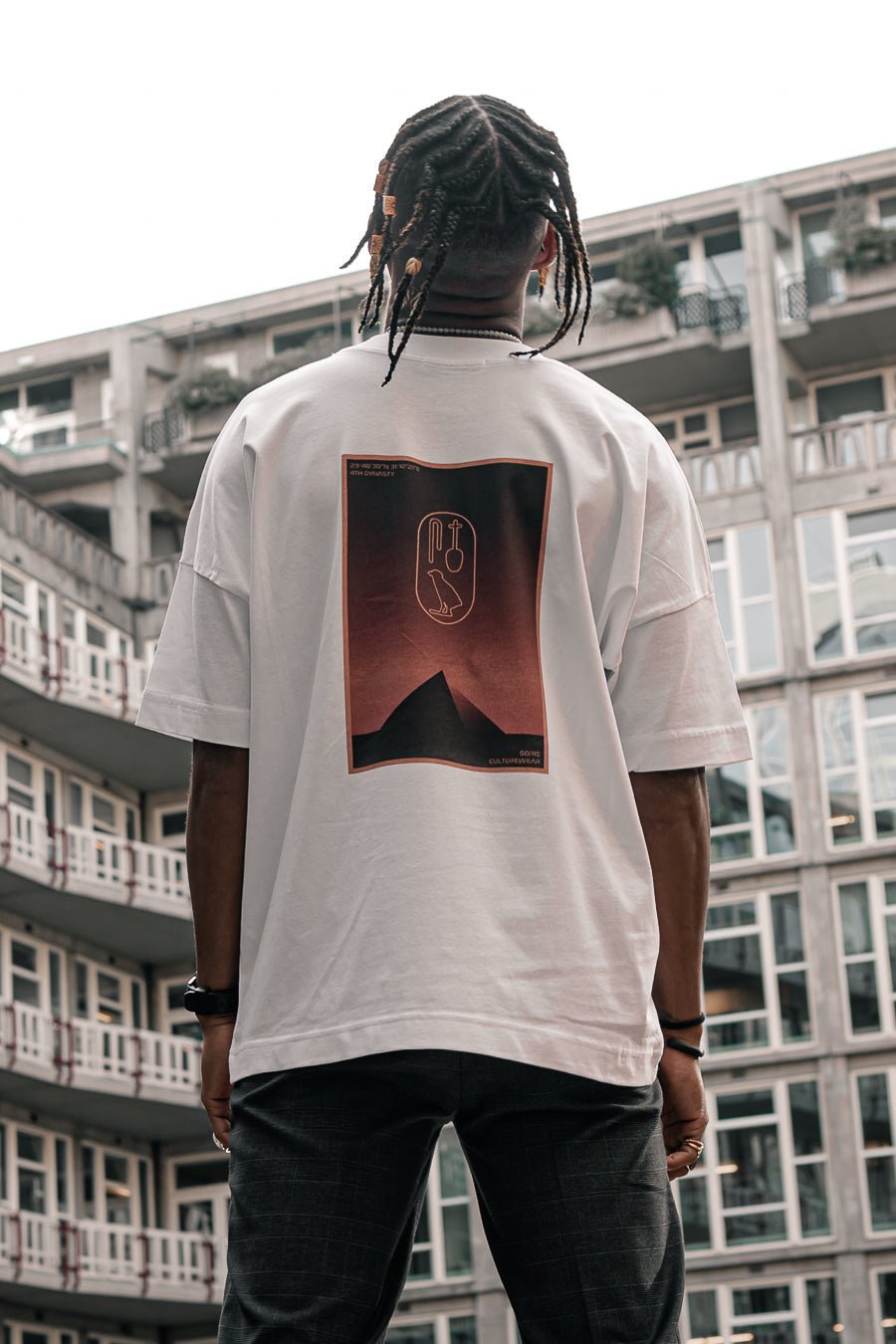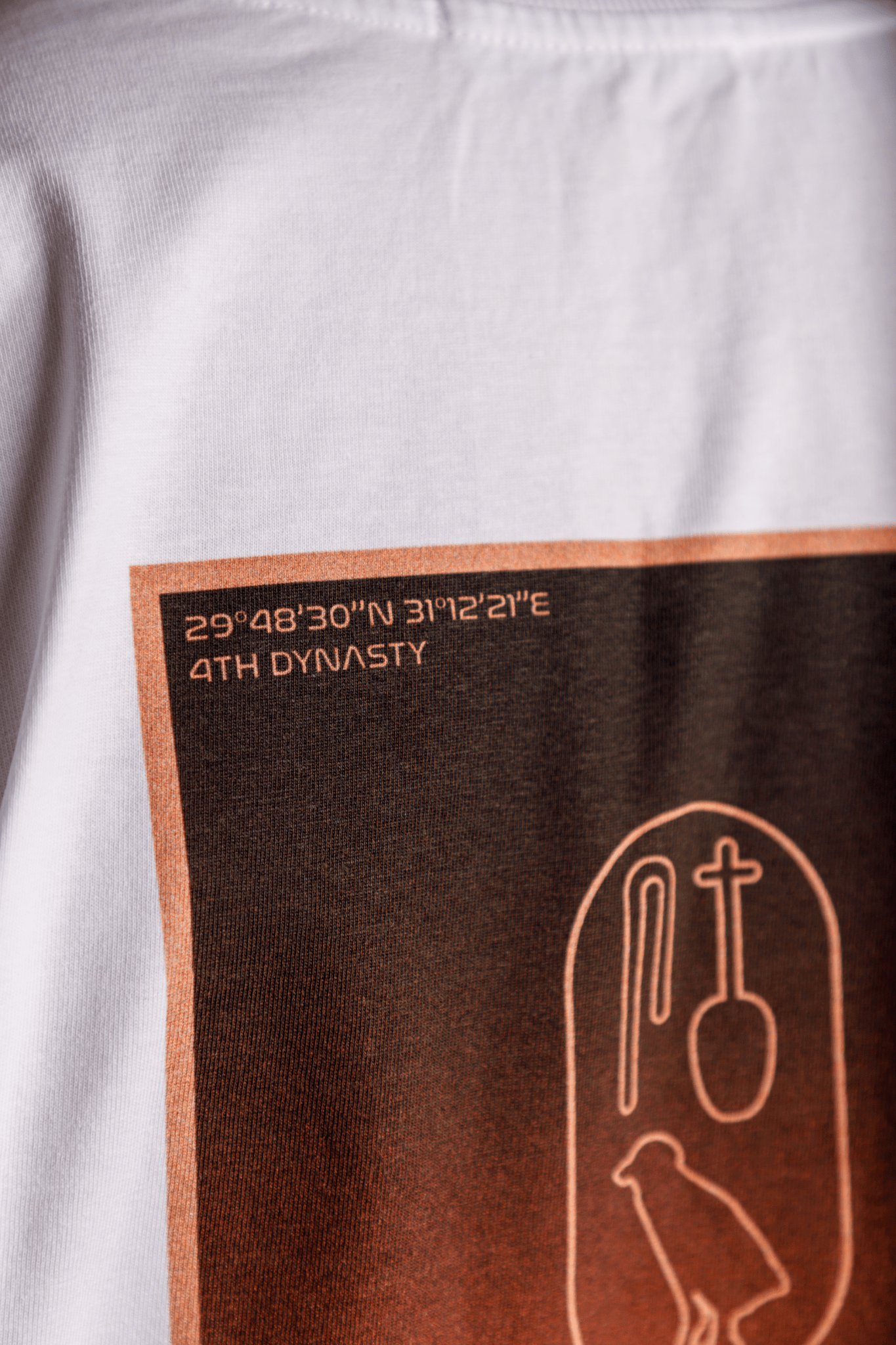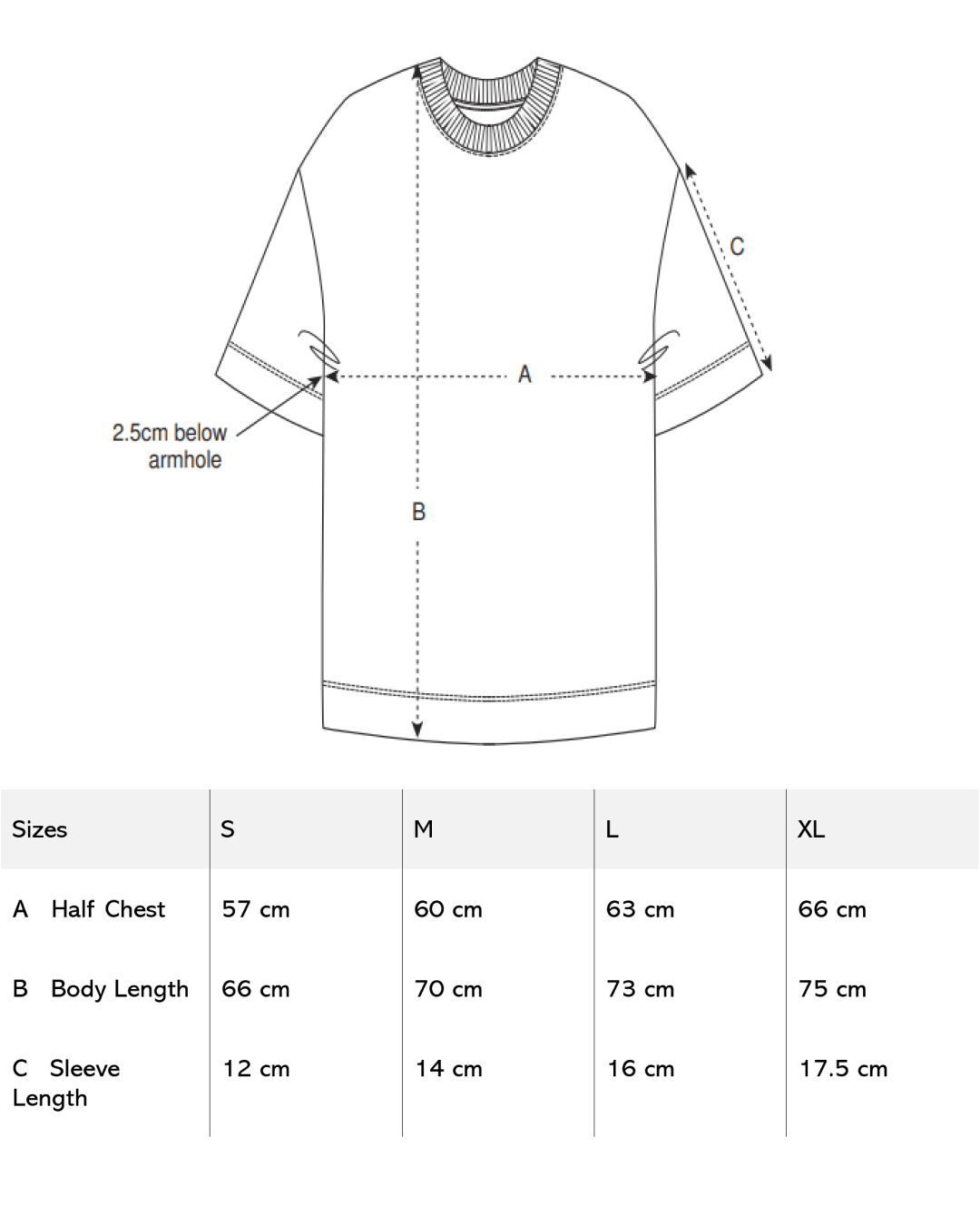
Ancient Egypt
The story of Soris
Sneferu (or hellenized “Soris”) - the first Pharaoh of Ancient Egypt’s Golden Age. During his reign, architects achieved the shape and structure of the Egyptian Pyramids as they are best known today. Large, majestic structures that tell the story of Ancient Egypt and their strong beliefs in the afterlife.
The Red Pyramid, built in Sneferu’s reign, was the first ever large pyramid with smooth sides, making it a ‘true’ pyramid. With 105 meters in height, this was no easy task.
Sneferu’s architects were able to build such a large structure after years of trial and error because of the political and economic stability in the Fourth Dynasty, also known as the ‘Golden Age’. Soris ruled Ancient Egypt for about 24 years, a strong testament to his leadership. The stability allowed the kingdom to spend a great amount of resources on art and monuments.
Several years after the reign of Sneferu, the wealth and prosperity of royal rule declined. Power became decentralized with smaller, local rulers, which spread the economical welfare. This however made it difficult to achieve large impactful nation-wide construction projects.

The story behind the Soris Piece
The Egyptians have always been experts in communication through visual storytelling. Through combinations of hieroglyphs, colours and symbols, the Egyptians were able to tell their stories for the centuries to come.
The Egyptians loved to use colours in their art and relics to emphasize certain parts of their beliefs. While the colours white (“hedj”) and red (“deshr”) would sometimes symbolize purity and chaos respectively, they represented unity in the king’s so-called double crown. We hope to pass on this state of being through the design of the Soris piece.
The name of the Pharaoh could be written in hieroglyphs inside of a protective oval, known as a cartouche. The hieroglyphic signs in Sneferu’s cartouche are a folded cloth (s-), a heart with its trachea (nefer), and a quail chick (-u).
With special thanks to Dr. Soliman.
Cultural Piece
Soris (Sneferu)










